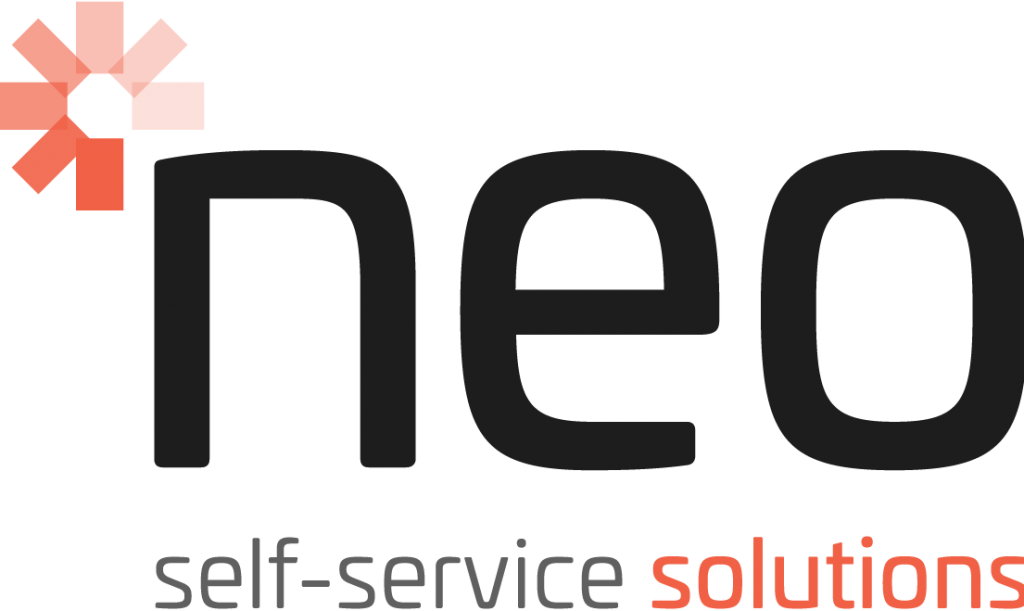Many kiosks incorporate a printer, and one of the key design decisions is which printing technology should be used. This News article details the various options that are available to be used and the Pro’s and Con’s of each printer.

The main types of printing technology are Direct Thermal, Thermal Transfer and Laser.
Laser printing – very rarely used in kiosks
We can quickly eliminate Laser printing for kiosks in all but the rarest of cases. Laser printing uses toner to produce an image, using the same technology as a photocopier. A laser beam “draws” an image of the document on an electrically charged drum, which attracts toner to the charged areas. The toner on the drum is transferred and fused to the paper fibres.
There are a number of reasons that they tend not to suit kiosk applications
- They use a complex paper path
- They use cut sheet paper, which is much more prone to jamming, and jamming means intervention. Since the whole point of kiosks is that they are largely unmanned, intervention is one of the key things we are trying to avoid in kiosk design.
- Laser printers are not optimized to print adhesive backed media such as labels. The higher temperatures of a laser printer fuser station can cause adhesive bleeding from the label, which can consequently cause adhesive residue build-up inside the printer. This causes media jams – more intervention.
- Laser printers require frequent replacement of toner, and replacement equals intervention
Thermal printing – the choice of two technologies
That leaves us with the two forms of thermal printing. To determine which is best for a particular kiosk, we need to understand the differences in the way they work, and their pros and cons.
Direct Thermal
Direct thermal printing produces an image by heating coated thermochromic paper as it passes over the thermal print head. The paper is impregnated with dye mixture, which turns black when heated, retaining its colour when cooled. The heating elements are usually arranged as a matrix of small closely spaced dots.
Pros
- Requires no ink, toner, or ribbons – lower cost to run than thermal transfer
- Needs little maintenance or replacement of supplies – minimal intervention
- Uses roll of paper, or Z-fold tickets
Cons
- Prints in black, greyscale and white only
- May fade over time, so not for long term printout
- Excessive light can cause the whole sheet to darken over time
- Direct contact between paper and printhead wears printhead faster
Thermal Transfer
Thermal transfer printing applies a wax-based ink to paper (or other media) by melting a coating of ribbon. The ribbon and the paper travel under the thermal print head together, and the colour remains permanently attached to the paper when it cools. Thermal printing technology can be used to produce color images by adhering a wax-based ink onto paper. This type of thermal printer uses a like-sized panel of ribbon for each page to be printed, regardless of the contents of the page.
Pros
- Uses roll of paper, or Z-fold tickets
- Can print in colour (with a coloured ribbon)
- Won’t fade over time – good if needed for > 6 months
- Durable enough to withstand chemicals and extreme temperatures
- Good for printing logos and graphics
- Can print onto a wide variety of materials
- Printheads last longer
Cons
- Requires a ribbon for printing – higher cost and more intervention
Advantages of thermal
The common advantage that both types of thermal printer have over laser printers is that they’re designed around a direct paper path; they use paper on a roll or Z-fold, with a single roll holding up to 15kg of paper. This minimises the chances of paper jamming, or paper running out, and therefore the necessary interventions.
The real beauty of thermal printers is that they allow the kiosk printer to do what it is designed to do – to simply print, motorise, cut – over and over again.
Which type of thermal printing
There are several considerations to take into account when choosing the type of thermal printer to use.
Document/ticket life
If you are printing something that needs to be readable for a period of more than 6 months, then consider thermal transfer. Its higher level of contrast ensures longer readability. Exposure to bright light can darken the photothermic paper, reducing the contrast even further and limiting the readable life of direct transfer printed documents.
Colour or black and white?
Although some direct thermal printers can print in red (by heating the dye to a different temperature than needed to turn it black), they do not offer full colour printing. If you need colour, you need thermal transfer.
Printed media
Paper is not the only option – you might want to print onto polymer tickets, labels or plastic cards. You might want to use tickets that are pre-printed with generic data, such as a logo, to reduce the printing done in the kiosk.
The basic rule is that if the print media is available with a thermal coating, you can use direct thermal printing. This includes paper, and some labels, such as those used for baggage tags.
If there is no thermal coating, such as polymer tickets, or plastic cards, you will have to use thermal transfer.
(As an aside, if you are printing to cards with a magnetic stripe or chip, blank cards can printed and activated within the kiosk. For temporary cards, they can be returned to the kiosk, have outstanding funds returned and then have the data wiped and be stored for re-use) enable the card at the same time, apply the coating and coding. Store blank cards, print image and store data on magstripe/chip or barcode. When finished, money out, wipe card and store for re-use.
Franking
Franking is the process of applying both an initial and a secondary print, generally on a ticket stock as it requires re-insertion of the docket for the secondary print, which perform a first-stage encoded print, followed by a second stage visually readable code over the top. If your kiosk will need to do franking, you’ll need a specialist printer that retracts the docket, overprints and re-feeds.
Black mark sensing
Black mark sensing –ticket and label rolls can have pre-printed black marks, to delineate between tickets. These black marks are read by a sensor in the printer and used to ensure that printed is correctly aligned with each label or ticket. Black mark sending is available with both forms of thermal printer.
Budget
Direct thermal printing will usually have lower cost, because there is no need for purchase or changing of ribbons. This is slightly offset by the shorter printhead life with direct thermal, but overall, direct has the lower running costs.
In summary
As you can see from the above, if you have a simple, black and white printing requirement onto paper or thermal-coated labels, direct thermal printing will offer all you need at a cost effective price.
For anything outside that basic scope – in terms of colour or media, then you’ll want to choose thermal transfer.



